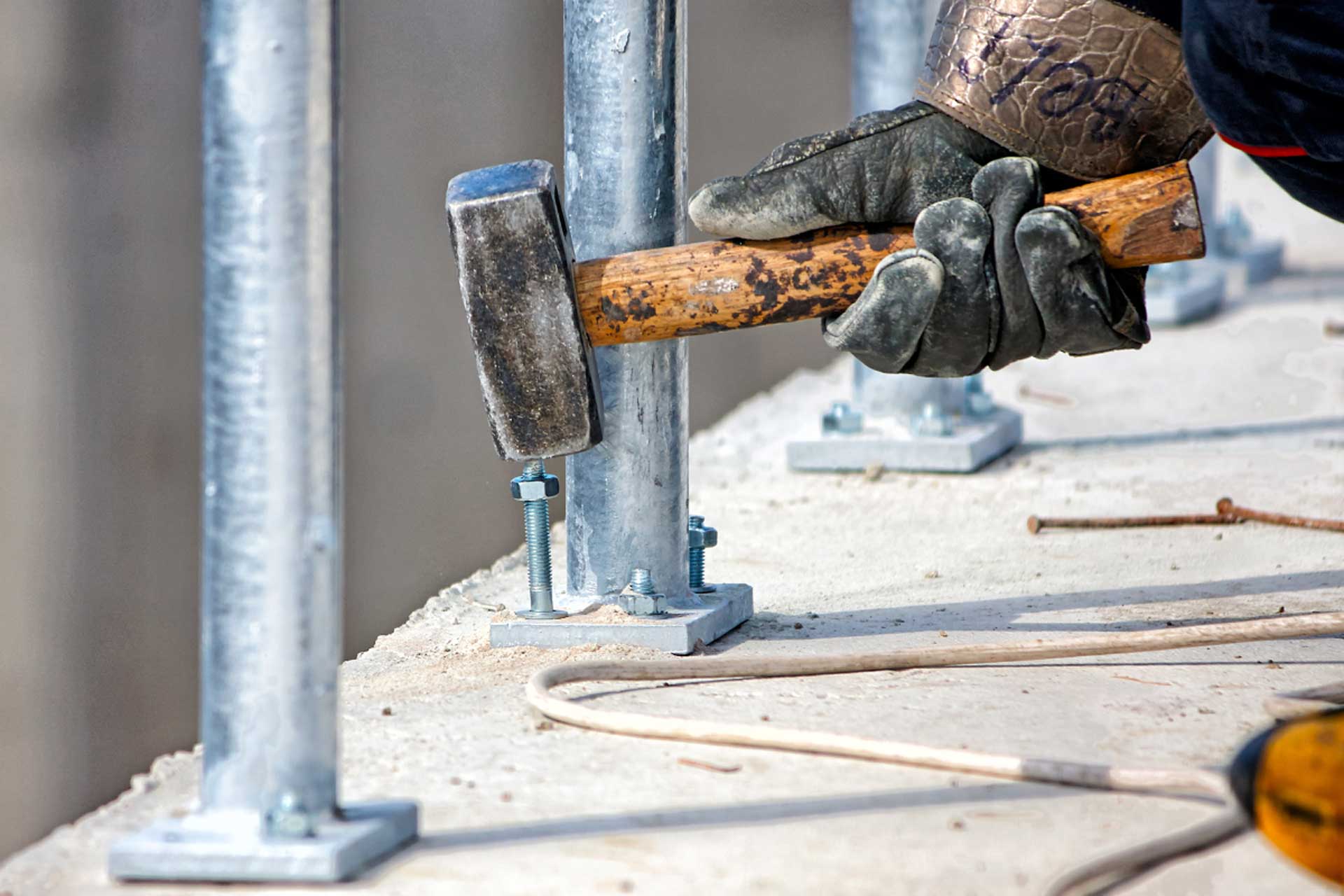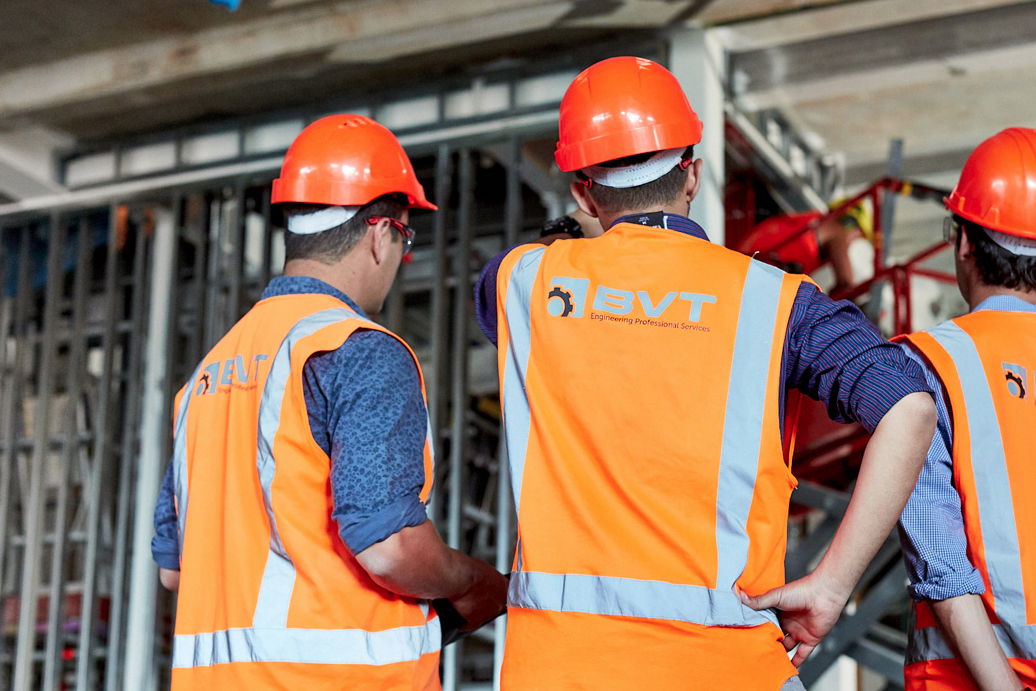10 December 2024
A Unified Step Forward: Strengthening Seismic Resilience in Building Design
Two key documents, the AWCI Code of Practice for Suspended Ceilings and the BIP Code of Practice for the Seismic Performance of Non-Structural Elements, have set a new benchmark for seismic resilience in building design. The AWCI CoP focuses on practical, updated guidance for suspended ceilings, integrating innovations like hybrid "fixed and floating" systems and expanded suspension options, while the BIP NSE CoP takes a holistic approach, addressing all non-structural elements and introducing concepts like Damage Control Limit State (DCLS). Together, these codes provide the clarity and tools needed to enhance safety, reduce costs, and build a more resilient industry.
Services,Racking,WORK TYPE,Ceilings and Partitions,Pioneering viewpoints,Methods & tools,CATEGORIES
23 May 2024
Exploring TS 1170.5 and its impact on Interiors Engineering and Seismic Restraint Design
In our latest webinar, we discussed the newly drafted Technical Specification TS 1170.5, which brings significant updates to earthquake design actions for commercial interiors. This innovative standard aims to incorporate recent seismic findings and offers a flexible approach for testing its commercial viability before formal integration into the building code. Key insights were shared by Matt Bishop, highlighting the impact on interiors engineering and seismic restraint design, particularly in high-risk areas like Wellington.
Services,Racking,WORK TYPE,Ceilings and Partitions,Methods & tools,CATEGORIES
24 January 2024
SEISMIC DESIGN FOR RACKING AND SHELVING IN NEW ZEALAND
In the event of an earthquake, the seismic design of racking aims to reduce the risk of collapse or damage to the system, with the aim of protecting people, property damage and business disruptions.
7 November 2023
Updates to Steel Storage Racking Standard – AS 4084:2023
Dive into the essential updates to the AS 4084:2023 standard, guiding steel storage racking systems, with our comprehensive webinar. Join industry experts Gye Simkin and SIA Senior Engineer as they unravel the latest changes and what they mean for the design, operation, and maintenance of racking structures. Discover the impact on load capacities, seismic load calculations, and the new operational guidelines set to enhance safety and efficiency. If you're a professional in the racking industry, this session is pivotal to ensuring your systems are compliant and up-to-date.
21 September 2023
Decoding C2 anchors for Commercial Interiors – Webinar 3 by Gye Simkin
This webinar examines the growing need for C2 rated seismic anchors in New Zealand's commercial interiors due to new regulations. While these anchors enhance safety and compliance, they also pose challenges in terms of cost and installation.
20 July 2023
Remote Inspections for Commercial Interiors – Webinar 2 by Gye Simkin
This episode of our Brevity Technical Webinar series provided an insightful overview of the importance of construction monitoring for PS4s, the rise of remote inspections, and how to schedule a remote inspection.
Services,Racking,Construction Monitoring,Ceilings and Partitions,Methods & tools
26 March 2023
RACKING AND SHELVING – GETTING IT RIGHT
The concrete slab and fill is an important part of the pallet racking seismic structural system. Because of the tall, slender shape of pallet racking, even low seismic loads can create high compression and uplift forces in the slab, similar to the leverage caused when you use a hammer to pull a nail.
6 March 2023
REMEDIATION OPTIONS FOR STORAGE RACKING ON WEAK SLABS
The concrete slab and fill is an important part of the pallet racking seismic structural system. Because of the tall, slender shape of pallet racking, even low seismic loads can create high compression and uplift forces in the slab, similar to the leverage caused when you use a hammer to pull a nail.
25 October 2022
SEISMICALLY RATED ANCHORS FOR INTERIORS
At the recent Association of Wall and Ceiling Installers conference, the issue of seismically rated anchors (C1 and C2 anchors) was a hot topic.
17 April 2022
MAKING SENSE OF PRODUCER STATEMENTS AND CONSTRUCTION MONITORING
Engineers use a standardised document called a Producer Statement (PS) to show that a proposed building element complies with the NZ building code. Construction Monitoring is the on-the-ground checking of the construction process as it takes place.
Services,Racking,Construction Monitoring,Ceilings and Partitions,Methods & tools
6 May 2021
REMEDIATION OPTIONS FOR STORAGE RACKING ON WEAK SLABS
The concrete slab and fill is an important part of the pallet racking seismic structural system. Because of the tall, slender shape of pallet racking, even low seismic loads can create high compression and uplift forces in the slab, similar to the leverage caused when you use a hammer to pull a nail.
25 June 2020
‘HOW TO’ GUIDE ON SEISMIC COMPLIANCE
Brevity specialists in seismic engineering, share their thoughts on the drivers and the details of seismic engineering for non-structural building elements. Seismic engineering is a niche area that has evolved following the large number of damaging earthquakes seen in NZ in recent times and the increased regulation that has followed in Australia.
17 July 2019
Storage Racking Leadership Discussion
On Thursday 2 August, BVT Engineering Professional Services (BVT) gathered industry leaders to discuss the challenges and opportunities associated with storage racking compliance in New Zealand.
17 July 2019
ENGINEERING FOR EARTHQUAKE PROTECTION: OUR WORK WITH FOODSTUFFS
Foodstuffs is New Zealand’s leading food distributor. They look after more than 50% of the grocery market and manage more than 680 stores and wholesalers across the nation.












